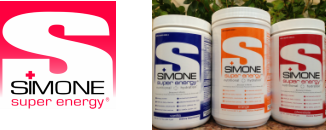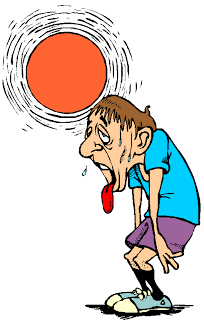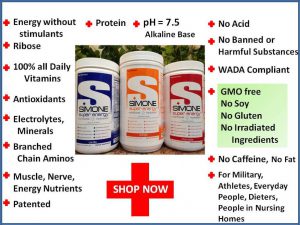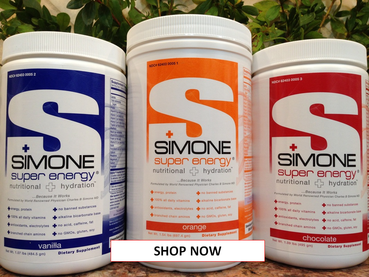7/11/15
We do not diagnose disease or recommend a dietary supplement for the treatment of disease. You should share this information with your physician who can determine what nutrition, disease and injury treatment regimen is best for you. You can search this site or the web for topics of interest that I may have written (use Dr Simone and topic).
“We provide truthful information without emotion or influence from the medical establishment, pharmaceutical industry, national organizations, special interest groups or government agencies.” Charles B Simone, M.MS., M.D.
NUTRITIONAL HYDRATION TM MEDICAL STRATEGY FOR HOT ENVIRONMENT
Lawrenceville, NJ (Dr Charles Simone) – The unfortunate heat stroke death of a young man in the Frankfurt Ironman reminds us to review Nutritional HydrationTM Medical Strategy for a Hot Environment. The following is an excerpt from my book, Nutritional HydrationTM, Medical Strategy for Military and Athlete Warriors.
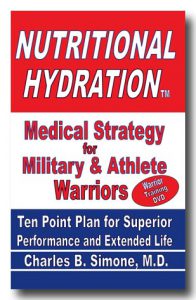
The Committee on Military Nutrition Research has thoroughly reviewed the nutritional requirements for those working in hot, cold, or high-altitude environments.
Military and athlete warriors, people in deserts, or people doing strenuous physical activity can lose 1 to 2 liters of sweat per hour – that’s 8 to 17 ounces every 15 minutes. And they can lose up to 4 liters per hour if they wear heavy clothing on a hot day.
Poor nutrition and hydration impairs your response to the heat, cold and low levels of oxygen. Hydration is critical. Next is the proper level of energy intake, particularly carbohydrate. Low intake of carbohydrate forces the body to use fats for an energy source that increases ketoacidosis, making the body very acidic. An acidic body impairs muscle strength and coordination, endurance, and the proper regulation of body temperature. Don’t eat fatty food, including bars, in a challenging environment.
HOT ENVIRONMENT
In a hot environment, only 20% of your energy is used for muscle work, the rest is given off as heat. For every increase of 10°F (5.6°C) your hydration requirement increases by 50% at rest, and the hydration need is even higher when you do work. Soldiers on missions carrying 50 pounds at 100°F (37.8°C) require about 12 liters of fluid. The only way to get 12 liters into a person is by drinking a certain amount at specified time points – water discipline, as the military refers to it. 3 And for every 1°F increase between 86°F and 104°F, your energy requirement is increased by 0.5%.4
The Military has shown that water alone can be used as a tactical weapon to prevent heat casualties. Sodium is not necessary to be given as a supplement at all if you are eating a diet that normally has plenty of sodium (American diet has 6-18 gm of sodium per day). Vitamin C helps you acclimate to the heat easier and the B vitamins can decrease fatigue in the heat.
HEAT INJURIES
Heat injuries occur when the air temperature is high, the humidity is high, and you are working hard – all raising the body temperature higher than normal. Sweat is your main defense. There are three types of heat injuries: heat cramps can lead to heat exhaustion and this can progress to heat stroke that can be fatal.
Heat Cramps – cramps occur in muscles, especially the abdomen and legs, caused by sweating with consequent loss of electrolytes – potassium, magnesium, and sodium.
Signs and Symptoms: Muscle cramps.
Treatment: Stretch the cramped muscles, and replace water, electrolytes, and other nutrients.
Heat Exhaustion occurs because the body can’t get rid of the heat fast enough.
Signs and Symptoms: Wet clammy skin, weakness, fatigue, nausea, dizziness, rapid pulse, headaches.
Treatment: Put the person in a cool environment, remove as much clothing as possible so that sweat can evaporate, replace water, electrolytes and nutrients.
Heat Stroke is a medical emergency and accounts for about 2% of athletes’ deaths.
Signs and Symptoms: High body temperature (105.8°F or 41°C). 50% of patients sweat profusely while the other 50% do not sweat at all. Since thermometers are usually not available in the field, a diagnosis of heat stroke is made if the patient is hot, fatigued, and has mental confusion. They may show signs of aggression, hallucinations, or visual disturbances. In advanced stages, they may have convulsions, loss of consciousness, and coma. Heat stroke can result in brain damage and death.
Treatment: Cool the body down rapidly with ice and cold water. Rapid cooling is accomplished by partially submerging the body in a cold-water bath. Fan the patient to promote evaporation. Transport patient to a hospital immediately.
Read also:
(c) 2017 Charles B. Simone, M.MS., M.D.
